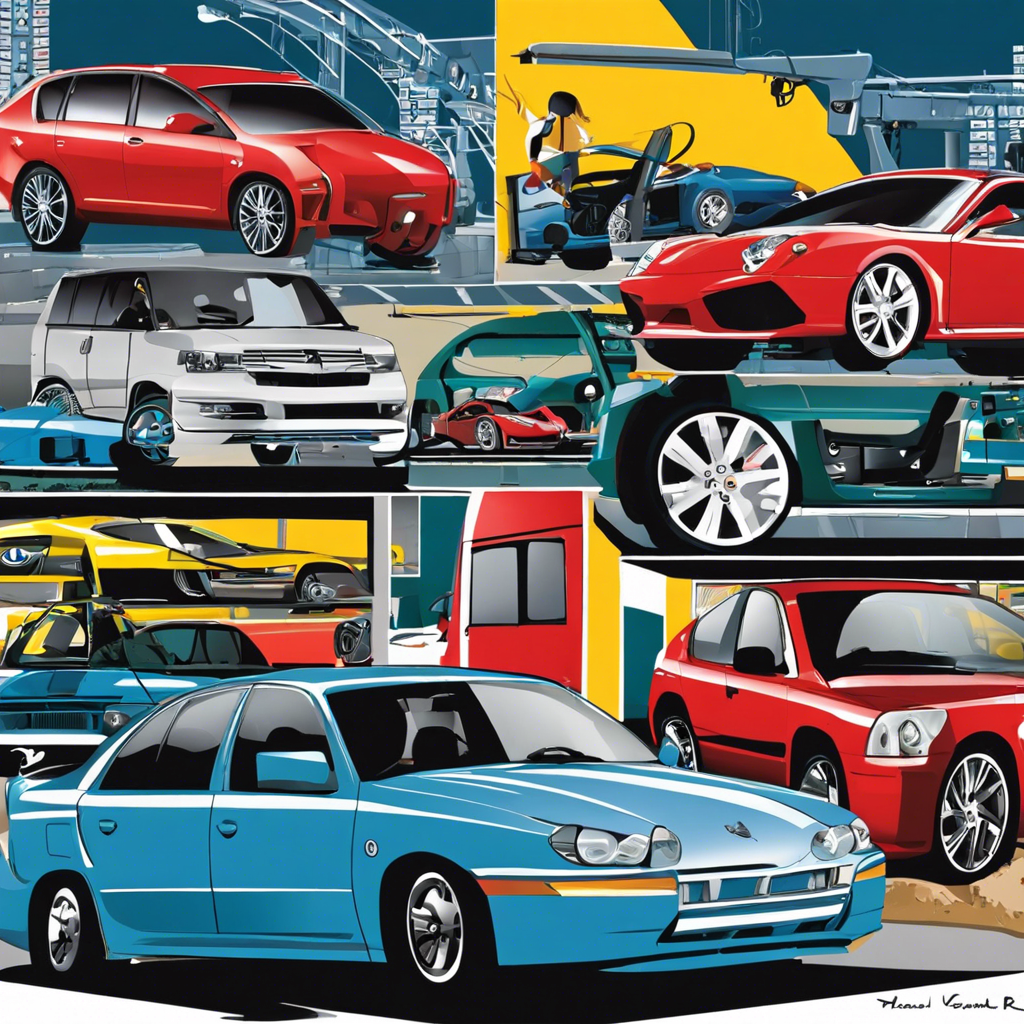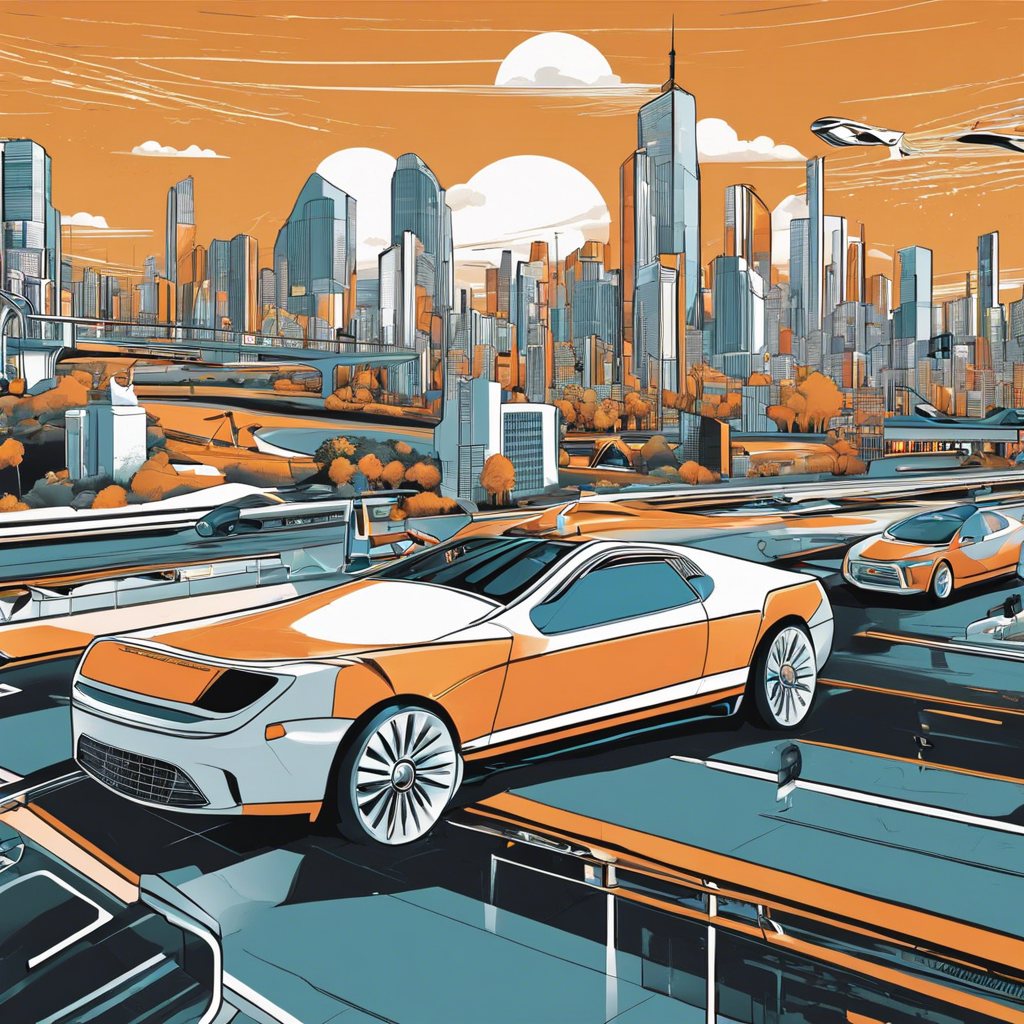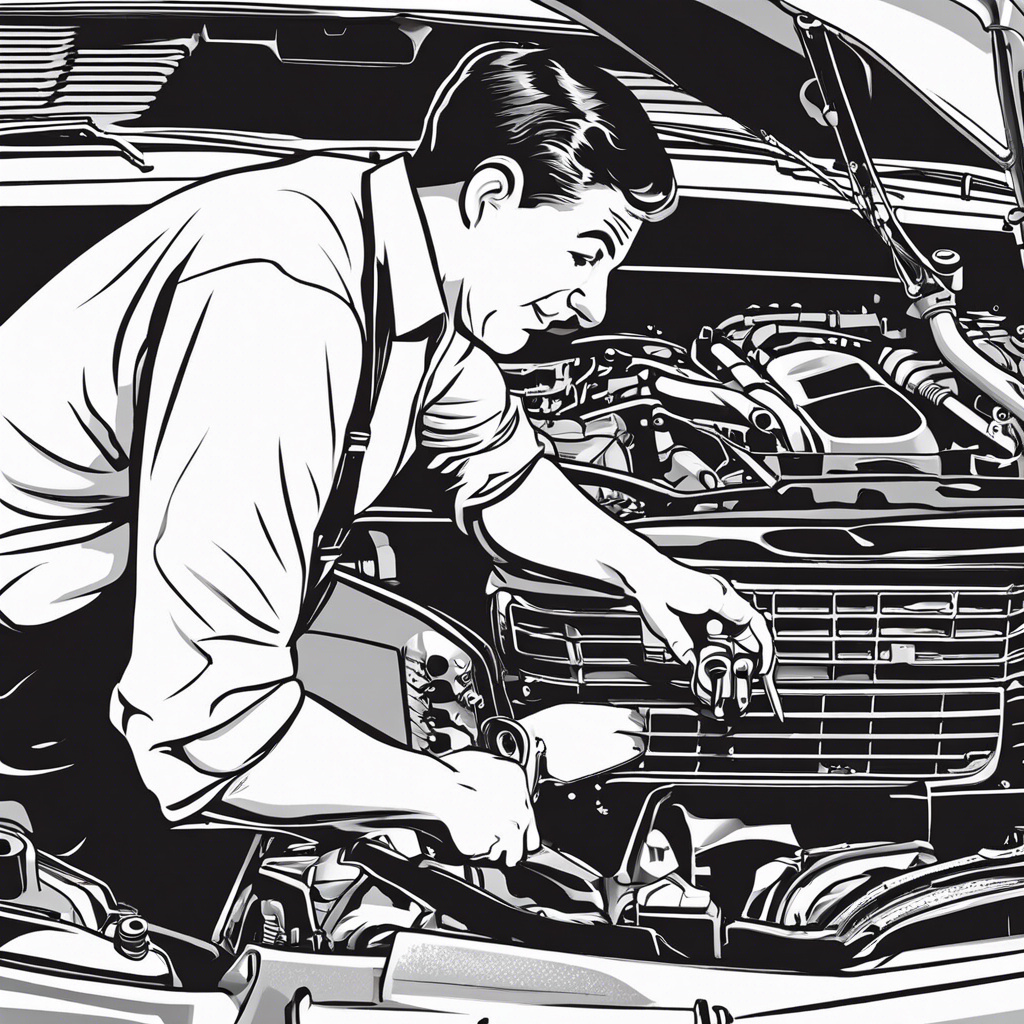The automotive industry has undergone a remarkable transformation over the decades, particularly in terms of safety advancements. Once considered a luxury, car safety features have become increasingly sophisticated and accessible to the average driver. This evolution has been driven by a combination of factors, including advancements in technology, stricter safety regulations, and a growing consumer demand for safer vehicles. Today, modern cars are equipped with an array of innovative safety features that were scarcely imaginable just a few decades ago.
One of the most significant developments in car safety is the widespread adoption of airbags. First introduced in the 1970s, airbags have since become standard equipment in vehicles worldwide. Modern airbags deploy in a fraction of a second upon impact, providing a crucial cushion that protects occupants from colliding with the vehicle’s interior. Additionally, advancements in airbag technology have led to the creation of side-curtain airbags and knee airbags, offering even more comprehensive protection in the event of a crash.
Seat belts, another fundamental safety feature, have also evolved significantly. The introduction of pretensioners and load-limiting technology has enhanced their effectiveness. Pretensioners tighten the seat belt instantaneously during a collision, keeping occupants securely in place, while load limiters control the force exerted on the body, reducing the risk of injury. Together, these innovations have played a pivotal role in minimizing the severity of injuries and saving countless lives.
Moreover, vehicle structural designs have been substantially improved to absorb impact energy and protect occupants. Crumple zones, incorporated into vehicle frames, are engineered to deform in a controlled manner, redirecting and dissipating the force of a collision away from the passenger compartment. This innovation, combined with stronger and more impact-resistant materials, has significantly enhanced the overall safety of modern vehicles.
In recent years, collision avoidance systems have emerged as a pivotal aspect of automotive safety. These systems utilize an array of sensors, cameras, and radar technology to detect potential hazards and mitigate the risk of accidents. Features such as automatic emergency braking, lane departure warning systems, and adaptive cruise control have become increasingly common, providing drivers with additional layers of protection and peace of mind.
The evolution of car safety doesn’t end there. Automotive manufacturers are continually pushing the boundaries, integrating cutting-edge technologies into their designs. From advanced driver-assistance systems (ADAS) to the development of autonomous vehicles, the focus on safety remains a key driving force in the industry. As technology advances, so too does the potential for even safer driving experiences.
The journey towards safer vehicles has been marked by significant milestones, each contributing to the overall improvement of road safety. While the progress made is noteworthy, the ongoing pursuit of innovations in this field is essential to reducing the number of accidents and saving lives. The future of car safety promises exciting developments, building upon the solid foundation laid by these evolutionary milestones.
As we look back at the evolution of car safety features, it is evident that the automotive industry has made tremendous strides in prioritizing the protection of drivers and passengers. The combination of strict safety regulations, innovative technologies, and a consumer-driven mindset has led to the development and widespread adoption of life-saving features. While there is still work to be done, the future of automotive safety holds great promise, and the ongoing commitment to innovation will undoubtedly continue to drive progress in this critical area.
The evolution of car safety features has been a remarkable journey, and it continues to advance even further. With a strong focus on safety, the automotive industry is constantly working to develop and implement new technologies that will further enhance the protection of drivers and passengers. As we look ahead, we can expect even more innovative safety solutions that will shape the future of the automotive industry and continue to save lives on the road.



